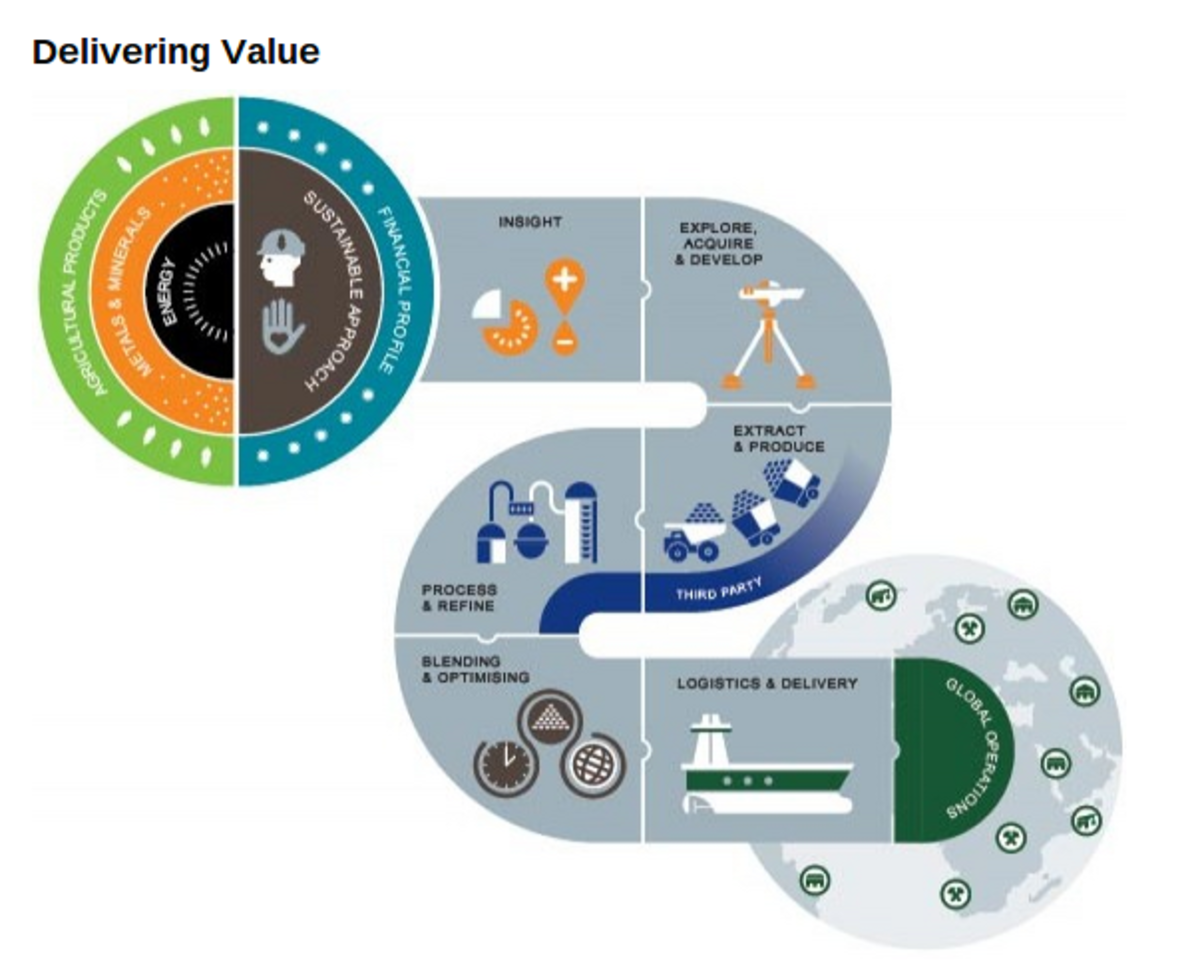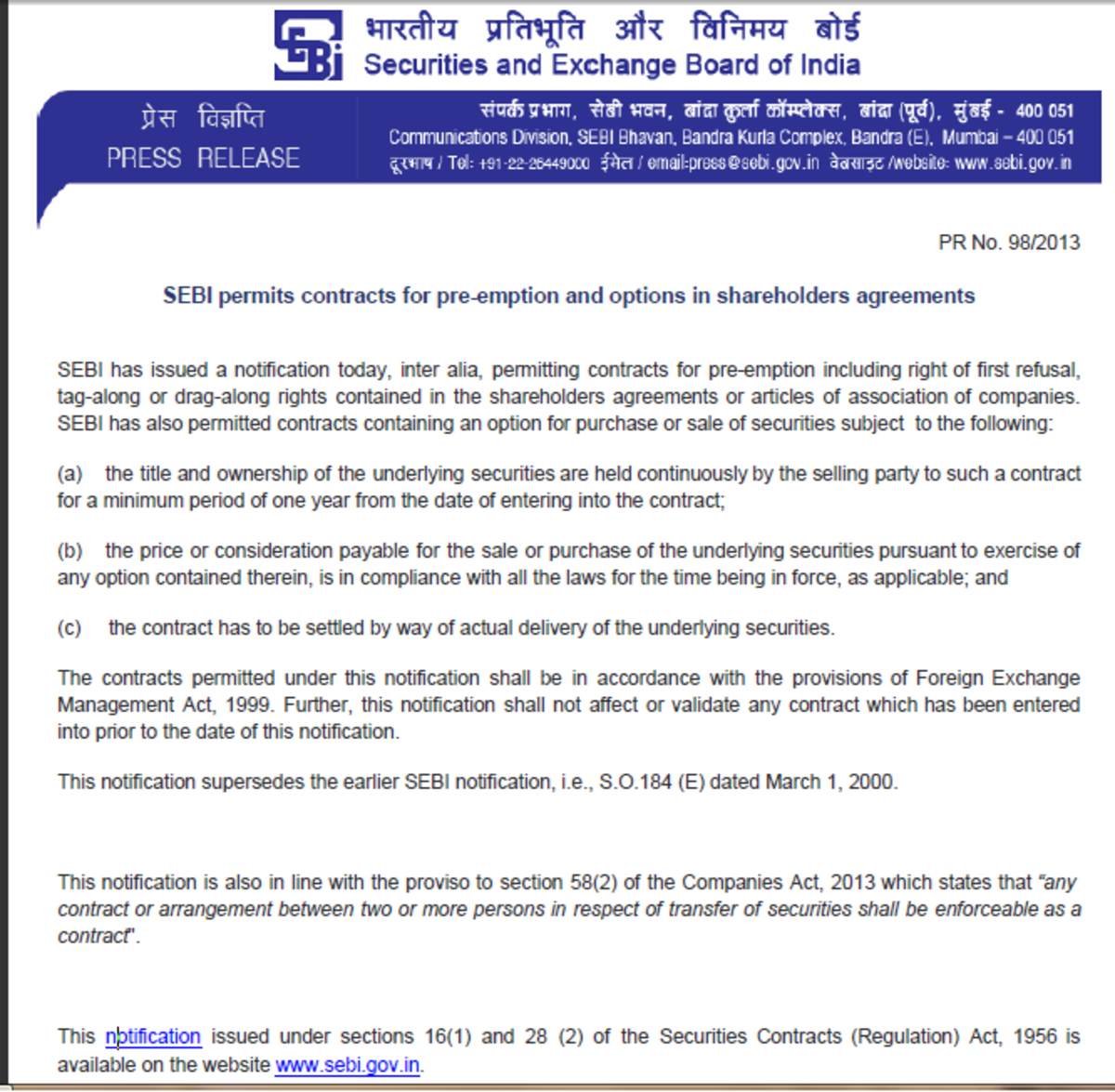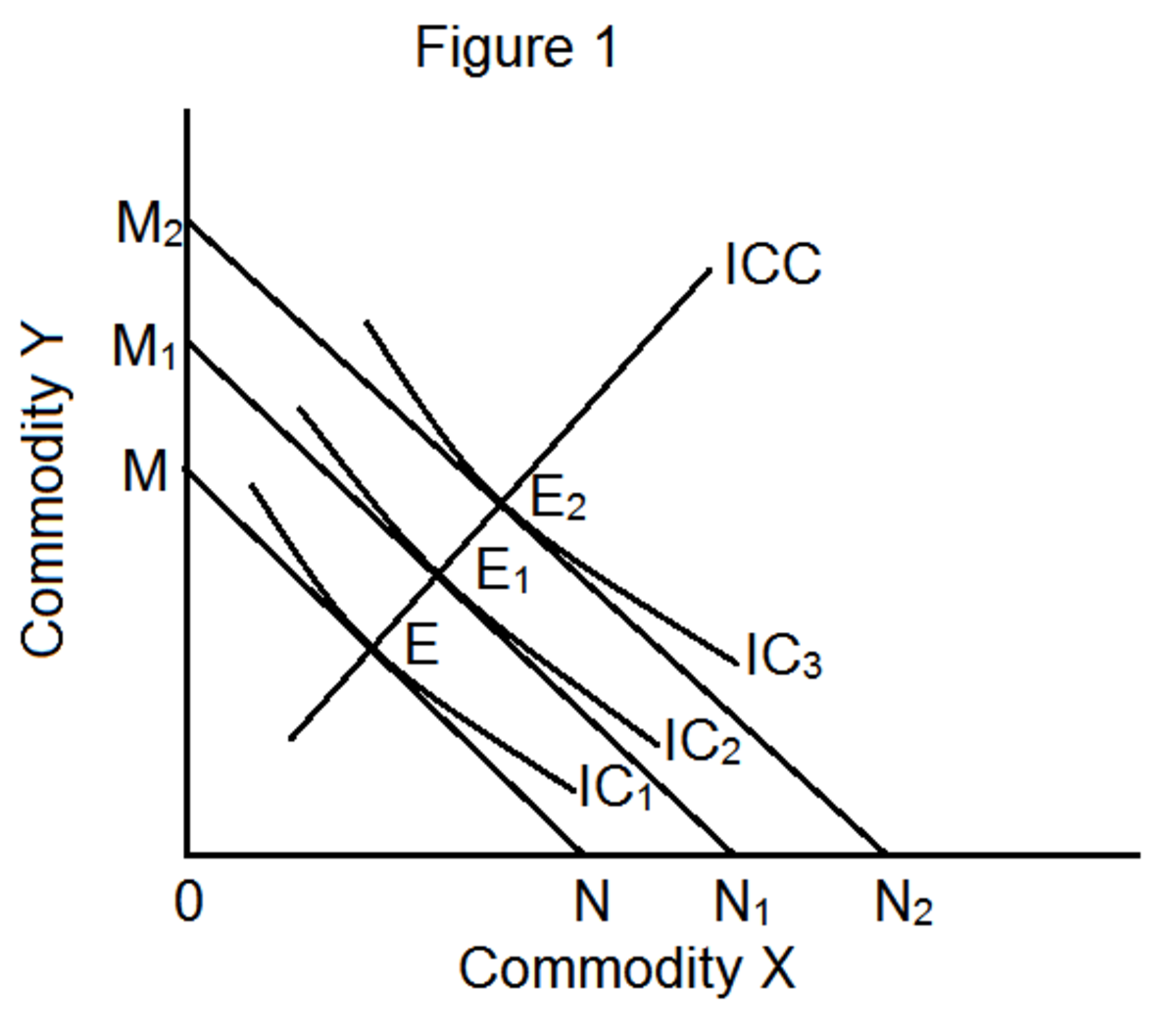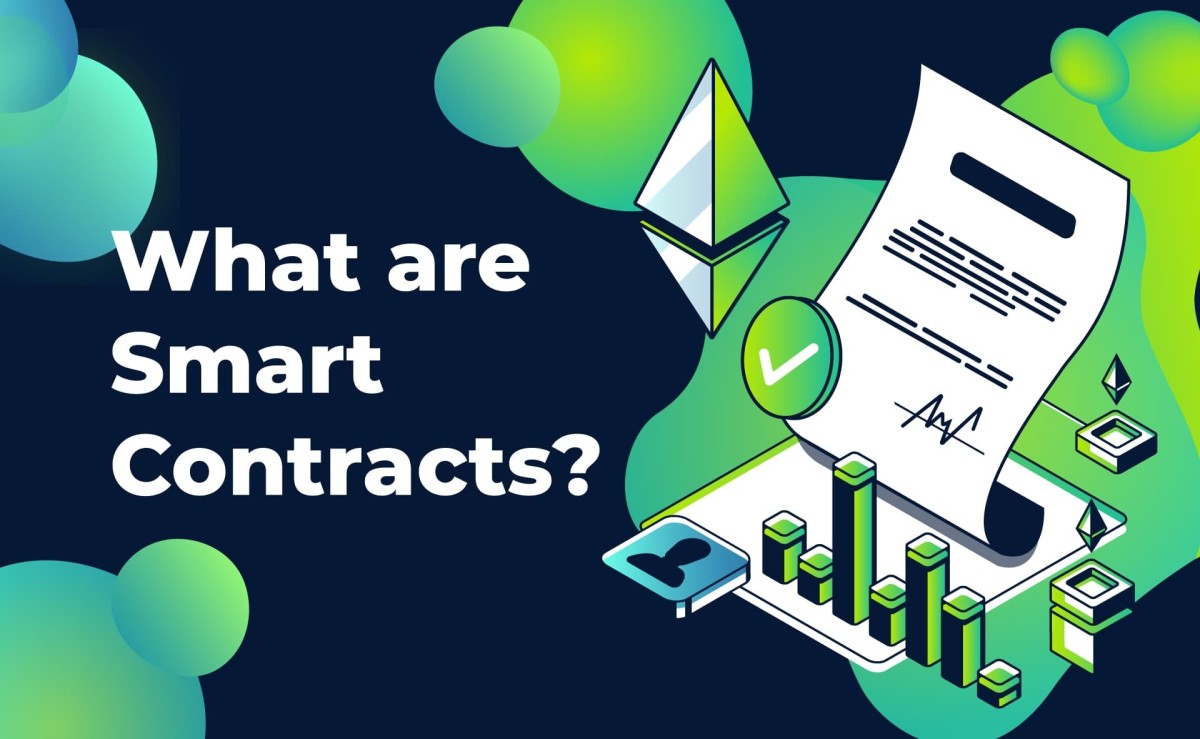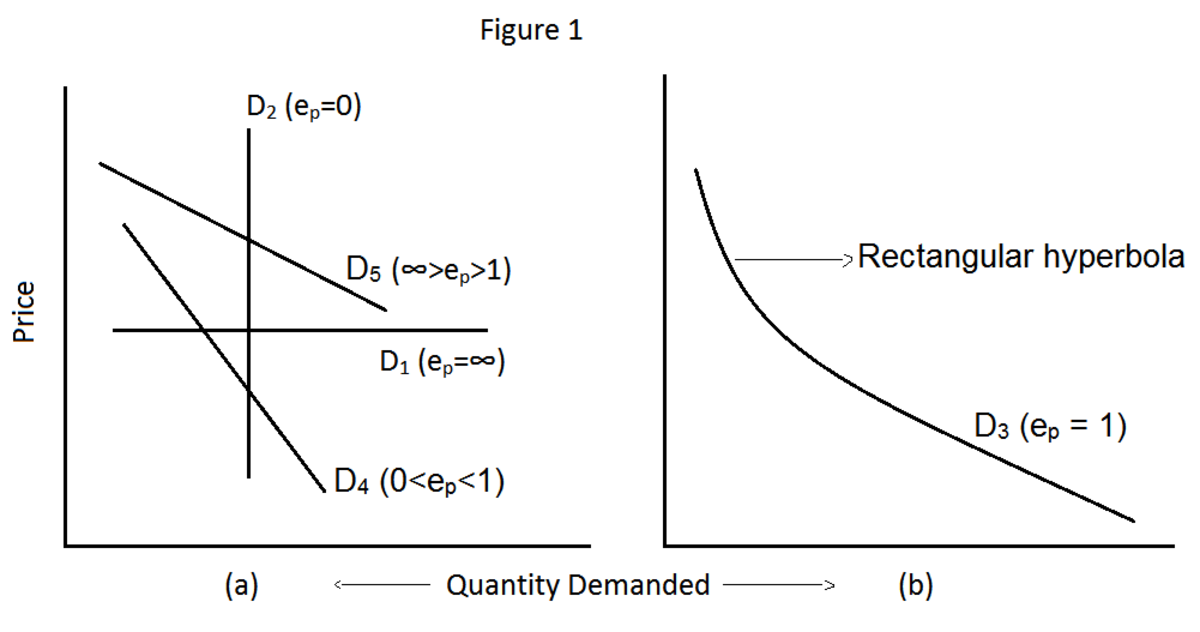Commodities Futures Options
Commodities Futures Options
Trading commodity futures options is definitely not for the faint of heart. While options do generally represent a lower risk profile than outright futures contracts, there is just as much of a temptation to be “reckless” with them due to the incredible leverage that’s available when trading those types of instruments, and that can lead to significant losses due to a lack of sound trading discipline. For the uninitiated out there, a commodity futures option is basically a contract that gives you the right, but NOT the obligation, to buy or sell a futures contract at a specific price (known as the “strike price”) within a certain time frame. I say “within a certain time frame” because that’s one of the “tricks” of trading options in general—all of them have expiration dates. Therefore, options by nature are what we call “decaying assets” or “wasting assets”, because if all things were to remain equal from the time you purchased the option (i.e., no major market activity, no jumps in price, just basically the price of the underlying futures contract staying the same from the time you bought the option), the option would do nothing but decline in value from the time you bought it until its expiration date. In this respect, all commodities futures options (and all options in general, really) are on somewhat of a “suicide mission”, meaning, things won’t get any better for that option unless the price of the underlying futures contract does some serious gymnastics and/or begins to move significantly in the direction that favors the option. What do I mean by that? Well, to understand that, you have to understand the two basic types of options: Calls and Puts. A call option gives you the right to BUY the underlying futures contract, and a put option gives you the right to SELL the underlying futures contract. Long story short, if you believe that the price of the underlying futures contract will rise, that’s when you would buy a call option. If you believe that the price of the underlying futures contract will fall, you would buy a put option. The reason for this is that call options generally increase in value when the underlying futures rises in price, and put options generally increase in value when the underlying futures declines in price. A helpful way to remember this is to think about the letters that each word starts with: Call = Climbing prices, and Put=Plummeting prices.

Commodity Futures Options
Some people get confused when you talk about buying a put option, because a put option becomes profitable only after the market declines. Because of this, people have a tendency to wonder how you can buy something, but then make money off that instrument once the market is in a decline. The simple fact of the matter is that you have to remember that the option is a completely separate entity from the underlying futures contract, even though its price movements are somewhat tied to futures contracts. I say “somewhat”, because there are often times when the price movements in options are somewhat “off” compared to the futures contracts they represent. There may be times where the futures price moves a few ticks up or down, but the option price remains stagnant. Then, there are other times where there is relatively little movement in the futures contract, but a relatively sizeable leap in the option contract. Who really knows what goes on with this kind of stuff…all I know is that it does happen, and I have seen it happen many times. But anyway, calls and puts can both be traded from the long or short side, meaning that you can buy or sell (a.k.a. write) them. A helpful thing to remember about options is that they are very similar in principle to insurance policies. Heck, even the money you pay for an option is called the “premium”. I noticed that once I understood the whole insurance analogy, options started making a whole lot more sense to me. One of the primary functions of options (originally anyway) is to “insure” or “hedge” your stock or commodity futures position against potential losses. People buy options for stocks, usually in increments of one option per 100 shares of stock. This is how it works; actually, in the stock options market, one option will always represent 100 shares of a given stock. But in the realm of commodities futures options, one option represents one futures contract. So, in effect, if you wanted to “insure” one long futures contract against loss, you would buy one put option. If you wanted to insure ten long futures contracts against losses, you would buy ten put options. You should always purchase commodities futures options at a rate of one per futures contract, whether you’re long or short. And again, remember that if you are protecting a long position, buy puts, and if you’re protecting a short position, buy calls. Okay, this hub has gone on for long enough; I will pick up with some more options topics on another hub.

